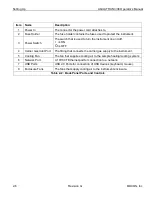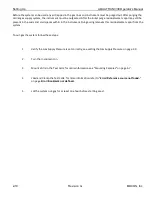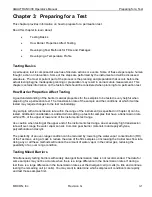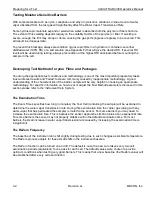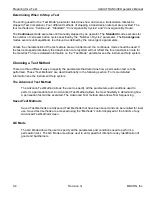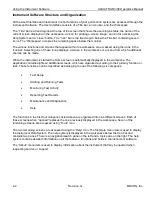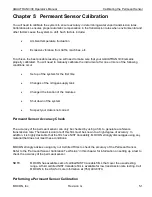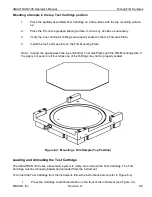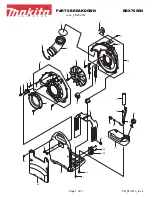
AQUATRAN 3/38 Operator’s Manual
Calibrating the Permeant Sensor
MOCON, Inc.
Revision G
5-3
Permeant Sensor Calibration Test Setup
To calibrate an instrument to a standard reference film or a certified film use the following procedure:
NOTE:
MOCON has available Certified NIST Films that cover the usual testing range. Call MOCON
in the USA for more information at (763) 493-6370.
NOTE:
MOCON Certified NIST Films, if not damaged, should last for a year. Do not use the film if it
is wrinkled, punctured or contaminated with grease or fingerprints.
NOTE:
Certified films should be stored in a manner that will keep them clean and free from wrinkles.
MOCON Certified NIST traceable films should be stored in the provided case.
NOTE:
MOCON is not responsible for problems resulting from improper calibration or use of an
inadequate transmission rate reference material.
1.
Select a Certified Film or reference film that most closely approximates the transmission rate
of the film samples you will be testing.
2.
Unclamp and remove the Test Cartridge from the instrument.
3.
Mount the Certified Film (or reference film sample) in the Test Cell. For information on
mounting films see “Mounting Samples” on page 6-7.
4.
Replace the test cartridge and clamp it in place. For information on installing and clamping
the Test Cell see “Loading and Unloading the Test Cartridge” on page
Error! Bookmark
not defined.
.
5.
The Calibration Film Test Procedure should be performed using an “Advanced” Test
Method. For information on how to set up an Advanced Test see the instrument Help
System.
6.
Verify the following Instrument Level parameters have been correctly assigned:
Cell Temperature:
If using certified films, the test temperature must be 37.8 °C. If
calibrating with another known film, use the temperature at
which the transmission rate for the film was measured.
Instrument ReZero:
Enabled
ReZero Frequency:
1
ReZero Exam Minutes:
Set appropriately for the sample being tested. At least 30
minutes is recommended. The test period may need to be
longer depending on the time the film takes to reach
equilibrium.
NOTE:
Use of the “Test ID”, “Sample ID” and “Material ID” fields is advised to document the all the
relevant information on the specific material used to perform the test.


